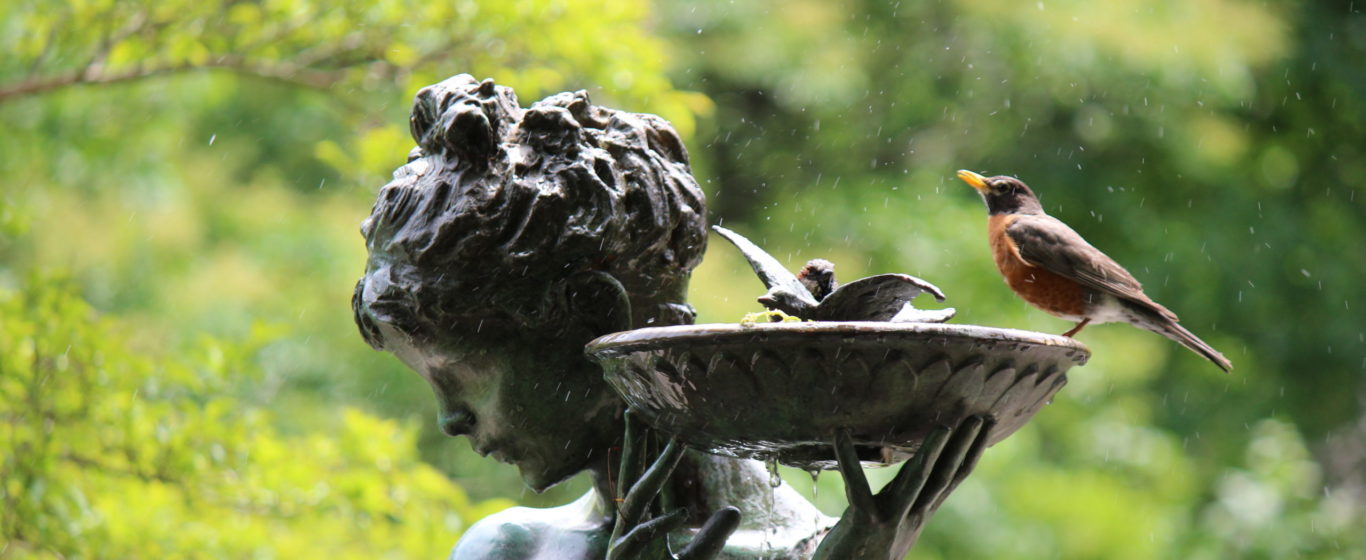Hello fellow New Yorkers, bird lovers, bird photographers and beginning bird enthusiasts!
I have seen you stop and stare at that bright flash of red from a male cardinal, rush to Central Park in the wee hours of the day to catch a glimpse of our spring warbler migrants, and stop to listen to the funky song of the mockingbird at the top of that house on your block. The birds of our great and bustling city provide us with endless opportunities to be awed, entertained, and engaged, and to relax and connect with other New Yorkers in the process.
We have more than 350 species of birds that call our city home throughout a given year (1). In addition to entertaining us and warming our souls, birds serve many important ecological roles. Birds control insect and small mammal populations. They can disperse seeds, pollinate flowers, cycle nutrients throughout food chains, remove waste and limit the spread of disease (2).
In a landmark study in October 2019, Rosenberg et al reported a net loss of almost 3 billion birds in North America compared to populations in the 1970’s. This amounts to an almost 30% overall loss to many species, both common and less common, and in all habitat types (2). Simultaneously, cities have been growing in the United States, especially in the Northeast. The urban land area within the U.S. is predicted to expand as much as three-fold by 2050 from 2000 levels (3). This means that birds currently find themselves and will continue to find themselves living more frequently in proximity to humans in urban habitats. In order to ensure healthy populations of birds in North America, it’s imperative to ensure healthy habitat for birds in urban areas.

Our city’s birds do so much for us! Isn’t it time we did something for them?
This blog is devoted to providing concrete action steps that each of us can take to make a difference in conserving North American native bird populations in New York City. We are each part of the larger ecosystem within New York City, the United States, North America and beyond. Our actions can make an impact and reverse the decline of our beloved birds. Join the community of New Yorkers who are taking small steps to make a difference.
Comment on your experience implementing the actions described in each post, and contact the author to share your ideas!
References:
- Our Conservation Work. (n.d.). Retrieved from http://www.nycaudubon.org/conservation
- Whelan, C. J., Şekercioğlu, Ç. H., & Wenny, D. G. (2015). Why birds matter: from economic ornithology to ecosystem services. Journal of Ornithology, 156(S1), 227–238. doi: 10.1007/s10336-015-1229-y
- Rosenberg, K. V., Dokter, A. M., Blancher, P. J., Sauer, J. R., Smith, A. C., Smith, P. A., … Marra, P. P. (2019, October 4). Decline of the North American avifauna. Science, 366 (6461) 120-124. DOI: 10.1126/science.aaw1313. Retrieved from https://science.sciencemag.org/content/366/6461/120
- Nowak, J., D., Walton, & T., J. (2005, December 01). Projected Urban Growth (2000–2050) and Its Estimated Impact on the US Forest Resource. Journal of Forestry, 103(8), 383-389. doi.org/10.1093/jof/103.8.383
